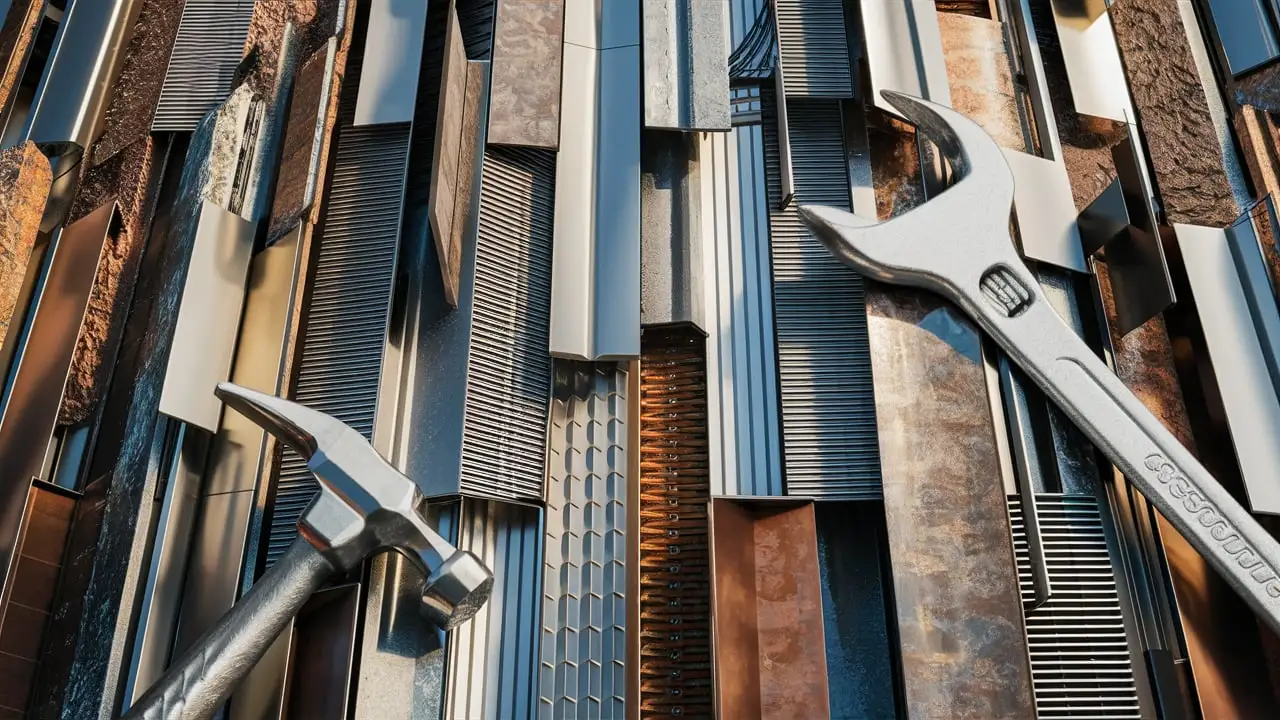Physical Address
304 North Cardinal St.
Dorchester Center, MA 02124
Physical Address
304 North Cardinal St.
Dorchester Center, MA 02124


Metal cladding has come an important part of the construction industry. over the formerly numerous decades. As we move into 2024, metal cladding continues to evolve and see new operations. This article will explore the current state of metal cladding and bandy trends that are likely to shape the industriousness in coming times.
There are several major types of metal cladding generally used in construction:
Aluminum is one of the most considerably used metals for cladding. It’s featherlight, corrosion resistant, and maintains its appearance over long ages of time with minimum conservation. Some crucial advantages of aluminum cladding include:
Also Visit: Everything Teltlk Has to Offer in 2024
Stainless blade is largely corrosion and rust resistant, making it suitable for operations where durability is essential. It’s further precious than aluminum but offers certain advantages
Zinc cladding has gained popularity in recent years due to its natural appearance and self-healing properties. It also provides good corrosion resistance:
While more expensive initially than other metals, copper cladding is admired for its natural aesthetic qualities and longevity:
The metal cladding industry has evolved significantly over the past decade and several trends have emerged that will further progress the technology in 2024:
Composite essence cladding that combines the benefits of different essence is gaining traction. For illustration, using aluminum or zinc on the external side combined with a erosion- resistant pristine sword on the interior side. This improves overall performance at a lower cost.
Digital fabrication technologies like ray cutting, waterjet slice, and 3D metal printing allow for further customizable and intricate panel designs that were n’t possible before. This enables unique cultural expressions with metal panels.
Sustainability is a major concern for structure systems presently. Metal cladding manufacturers are developing new blends with advanced recycled material content. They are also offering options for easier dismantling, exercise, and recovering at the end of building lifecycles.
As numerous aged structures suffer facelifts and improvements, there will be further demand to replace or restore being wall cladding. This build request offers openings to upgrade structures for appearance and performance using newer metal technologies.
The versatility of metal cladding is allowing its use in innovative new building typologies and applications:
Pop- up modular structures for short- term use like alcoves, belvederes, and event spaces are using the featherlight and durable parcels of metal panels. Kinetic metal structures that can be assembled and disassembled fleetly will see more wide adoption.
Mass- timber construction is gaining favor for its sustainability benefits and new designs are pairing these rustic structures with metal cladding for fire resistance and life. Different metals enhance the aesthetic character of rustic structures.
Advancing digital fabrication is enabling the production of complex curved metal panels to create unique 3D building envelopes beyond the traditional flat surfaces. These sculptural facades are reanalyzing architectural expressions.
At a smaller scale, metal cladding is finding innovative applications in bespoke structures like bus shelters, park furniture, and signage. Artistic micro-architecture with quality materiality enhances public spaces.
In summary, metal cladding technologies have matured considerably and are poised for further progress and new applications in 2024. Advancements in composite alloys, digital fabrication methods, sustainability efforts, and emerging building typologies provide opportunities for the industry. As construction worldwide targets lower environmental impacts, high performance envelopes like metal cladding will remain an important solution. The versatility, durability, and aesthetics of metal panels ensure their continued relevance in construction.